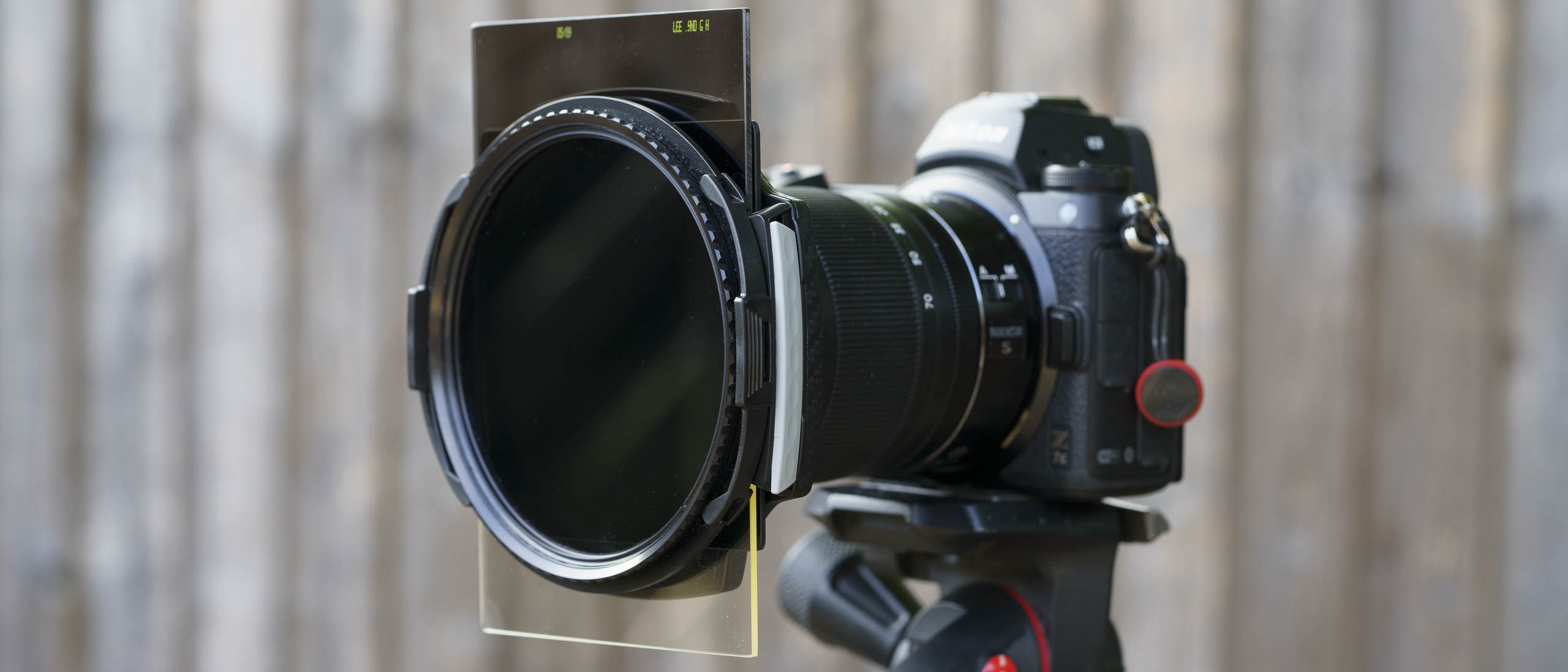Digital Camera World Verdict
LEE Filters has adopted a fairly traditional approach to using square and rectangular filters with its LEE100 Holder. There are no filter frames and adjustments are made by pushing the filter up or down, or rotating the holder on the adapter ring. Meanwhile, the polarizing filter can be rotated using your fingers on its knurled front ring and there’s no fancy cog mechanism. It means that you need to take care to not get fingerprints on the filters when you’re getting them into the right position, but everything is nice and straightforward - also long as you have the knack for removing the polarizer.
Pros
- +
Lightweight design
- +
Attaches securely to a lens when locked
- +
Compatible with a wide range of filters
Cons
- -
Adapter required to fit LEE’s older 105mm polarizer filter
- -
Tricky to remove the polarizer
- -
No markings on the locking mechanism
Why you can trust Digital Camera World
LEE Filters is one of the best-known names in photographic filters and its 100 Filter System has been used by huge numbers of professional and enthusiast photographers. In March 2019 the company introduced a new filter holder and polarizer. At the time, some photographers were surprised because the old holder had served them well for years. However, the new LEE100 Holder looks and feels more modern and does away with the need to use fiddly little screws to attach the filter guides.
The LEE100 Holder is compatible with all existing LEE Filters LEE100 filters as well as same-sized filters from other brands. However, as I’ll explain later, the (old-style) LEE Filters 105mm Landscape Circular Polarizer Filter can only be mounted via an adapter ring.
LEE100 Holder specifications
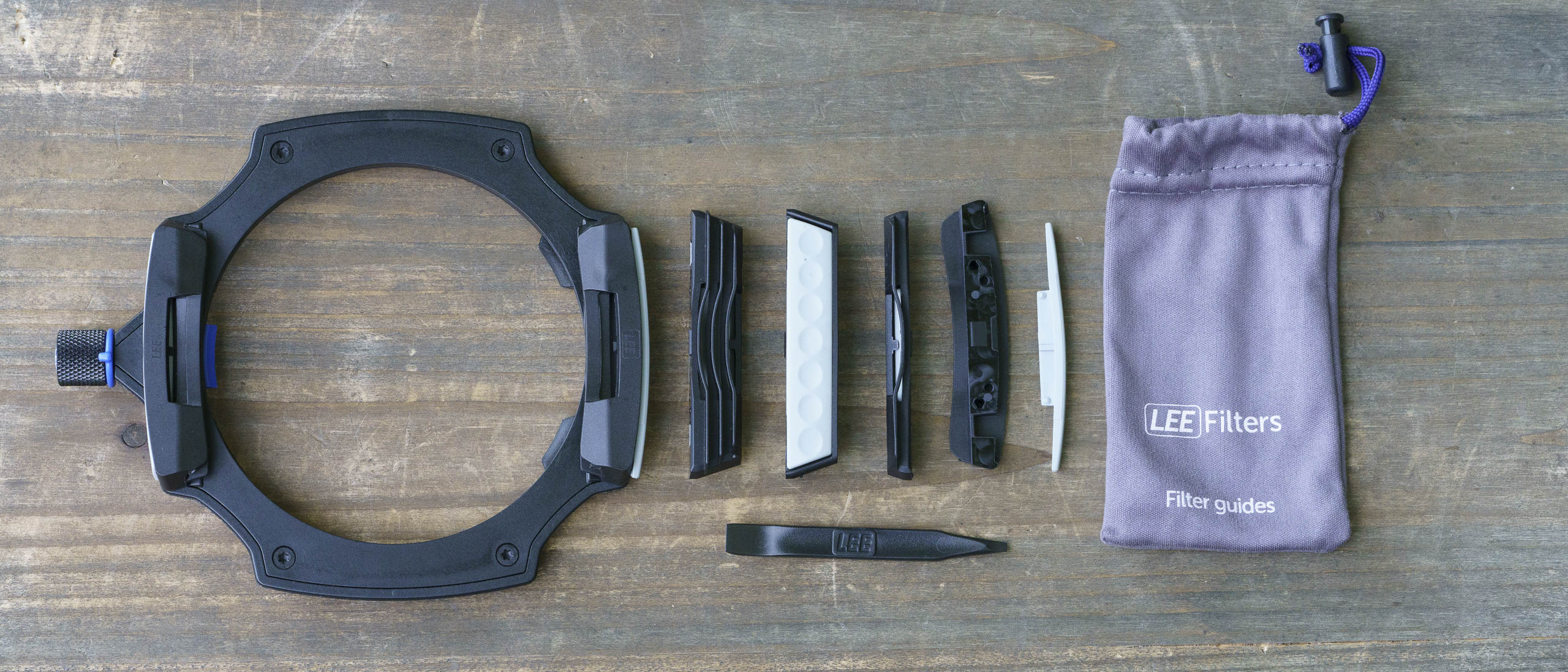
Filter size: 100mm type filters
Mount: via adapter rings
Construction: Injection-moulded composite
Key features
LEE Filters makes the LEE100 Holder from injection-molded composite and it has clip-in filter guides in place of the screw-on type of the older holder. The company supplies the holder with three pairs of guides which enable it to hold 1, 2 or 3 square or rectangular filters in addition to a circular polarizer at the front.
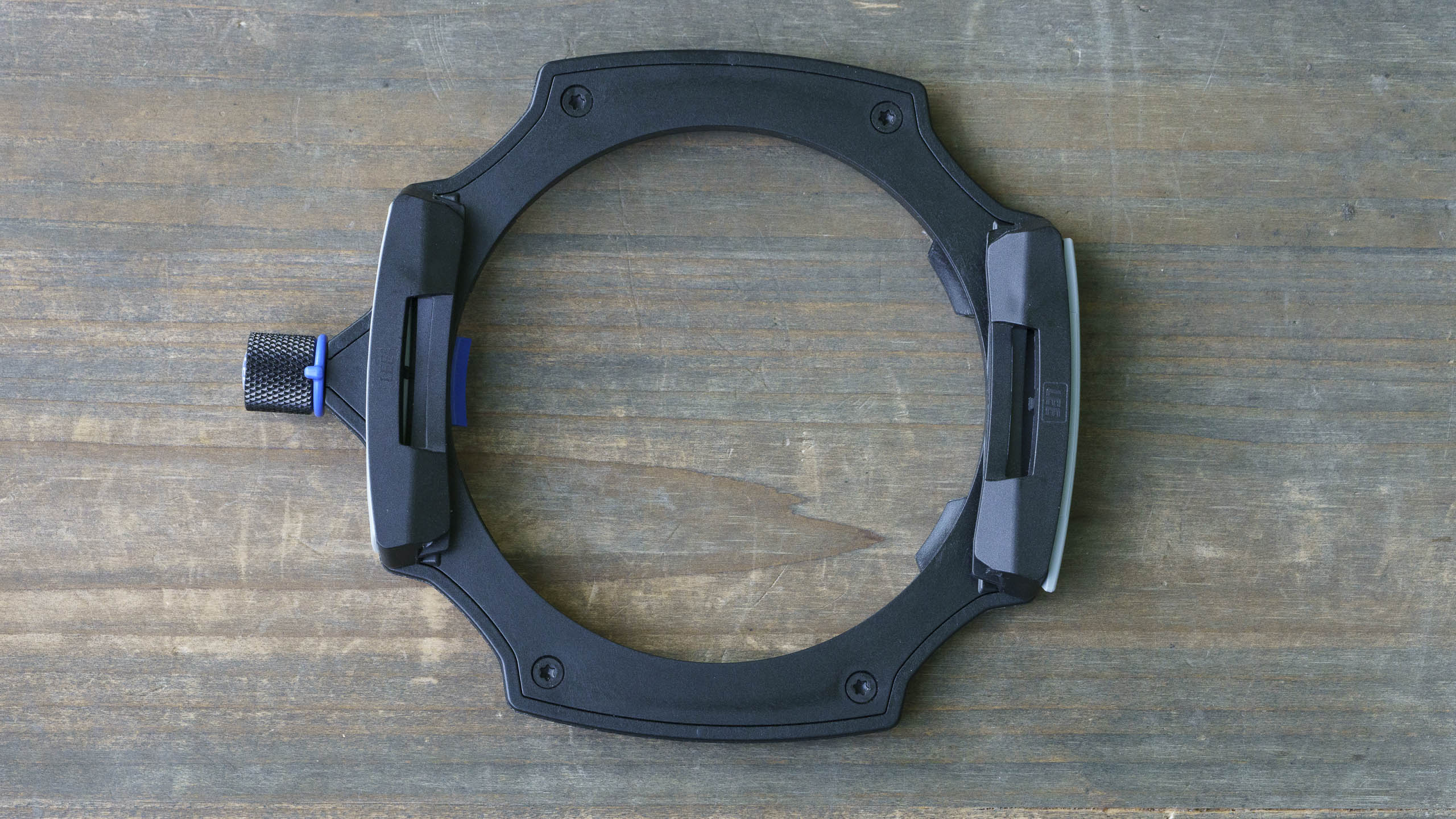
The new guides just click into place and a tool is provided to help slide them out of position to use one with a different number of slots. I opted to use the two-slot guide as this enables me to use a Big Stopper ND filter (or similar) and a graduated filter.
In addition, the polarizer filter mount is integrated into the new holder whereas the old holder requires a circular adapter ring to be mounted onto its front. The downside, however, is that instead of having a screw thread, the new LEE100 Polarizer has a bespoke clip mount. Fortunately, there’s a 105mm Polarizer Ring (£39/$58.50) that enables anyone with the old-style polarizer to mount it in the new holder.
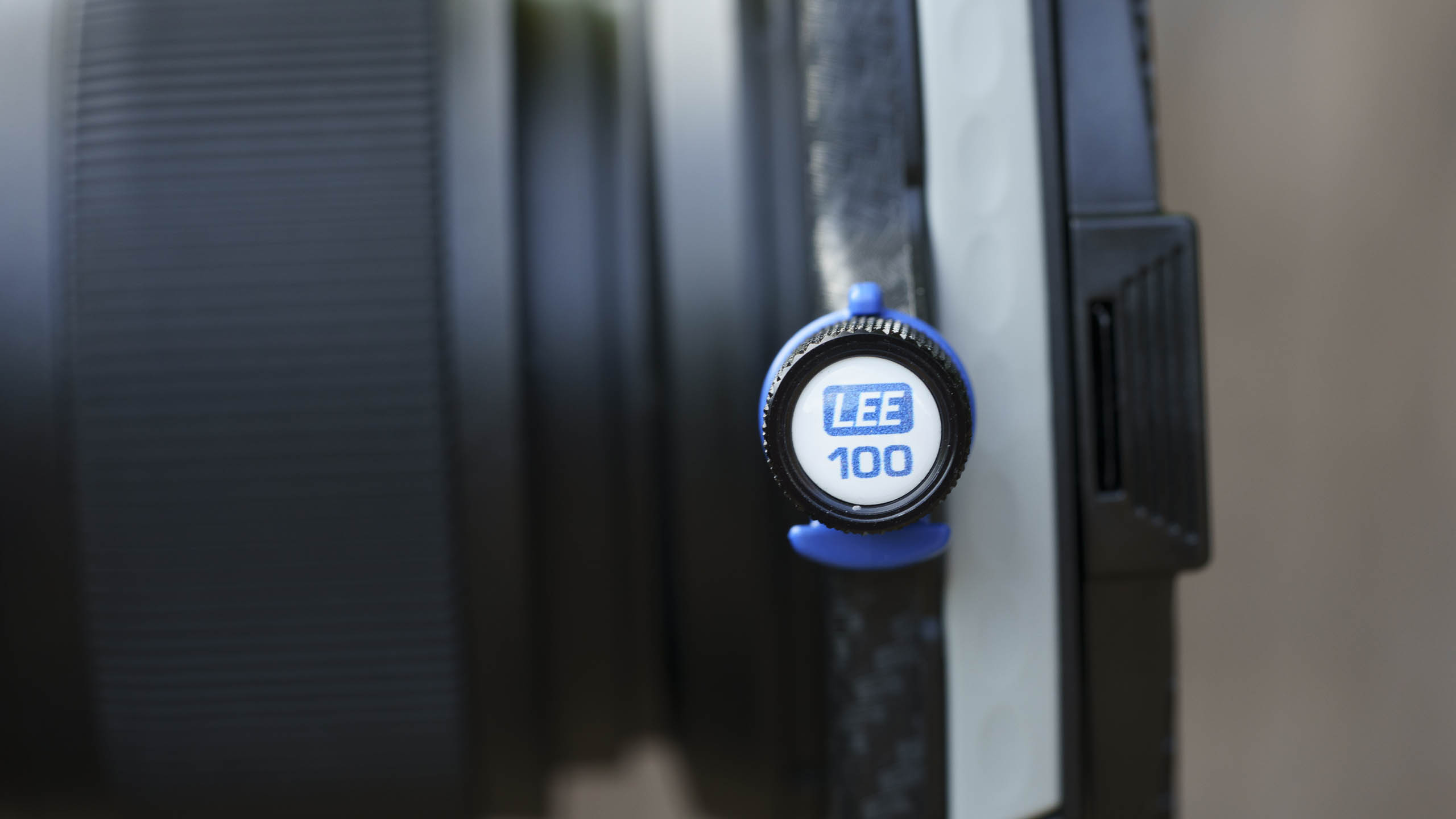
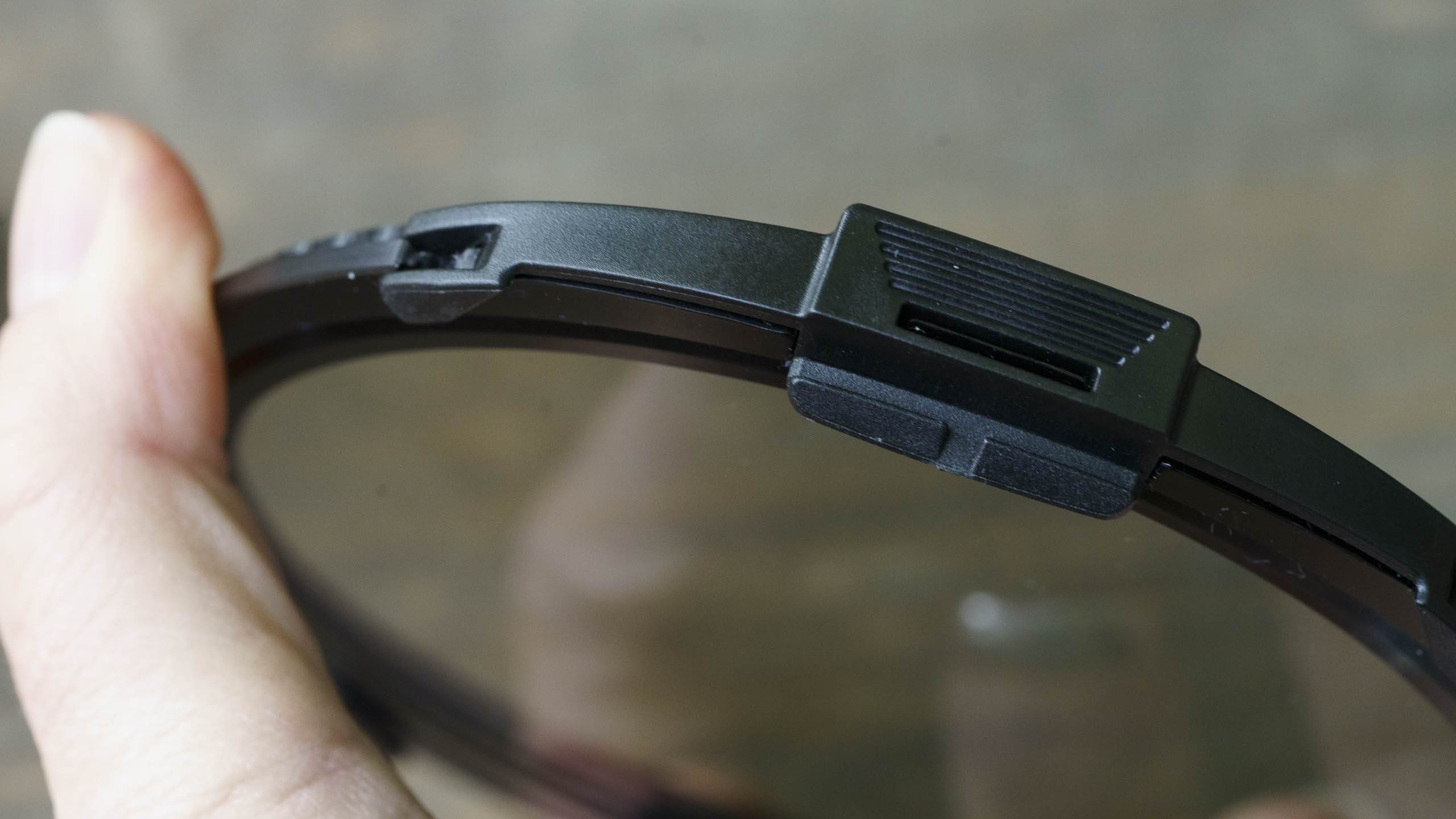
The LEE100 Holder mounts onto a lens via an adapter ring and it’s compatible with all the existing adapter rings. It also has a spring release catch with a lock that can be set to one of three positions:
Neutral: The holder can be rotated and removed or knocked off if caught by clothing or something similar, thus protecting the camera and lens from a fall.
Half-lock: The holder can be rotated but it’s locked to the adaptor ring and cannot be removed.
Full-lock: The holder cannot be rotated and is locked in position so cannot be removed from the adaptor ring.
Build and handling
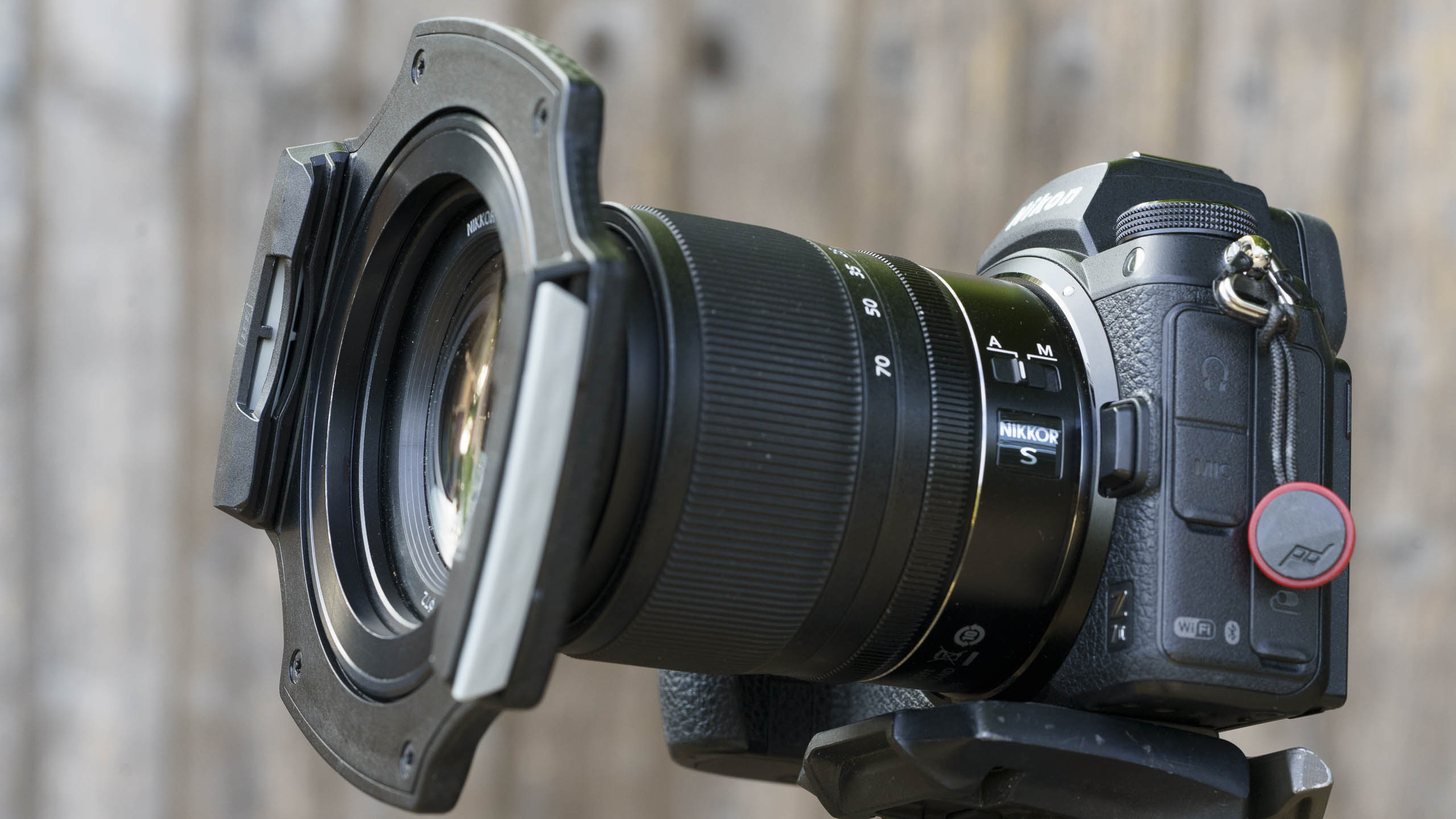
While it doesn’t feel as tough as the earlier LEE Filters 100 series holder, the new LEE100 Holder looks more refined and modern. It has a weave pattern that looks like carbon fibre, but as I mentioned earlier, it’s actually made from injection-moulded composite.
Once an adapter ring is fitted on a lens, the holder is mounted by hooking its two fixed tabs into the ring’s notch and then pulling back on the catch’s release knob as the holder is eased back towards the ring. The knob can be released as soon as the holder is in place.
The release lock is the blue ring at base of the release knob. If the knob is on the right when you’re behind the camera, the lock is in the neutral position when the largest tab on the ring is facing towards the camera. Rotating the lock ring clockwise through 90°, so that the large tab is facing upwards when the camera is in landscape orientation, sets it to half-lock. From that position, rotating the lock through 180° anti-clockwise (it won’t move clockwise), so the larger tab is facing downwards, sets the lock to full-lock.
Performance
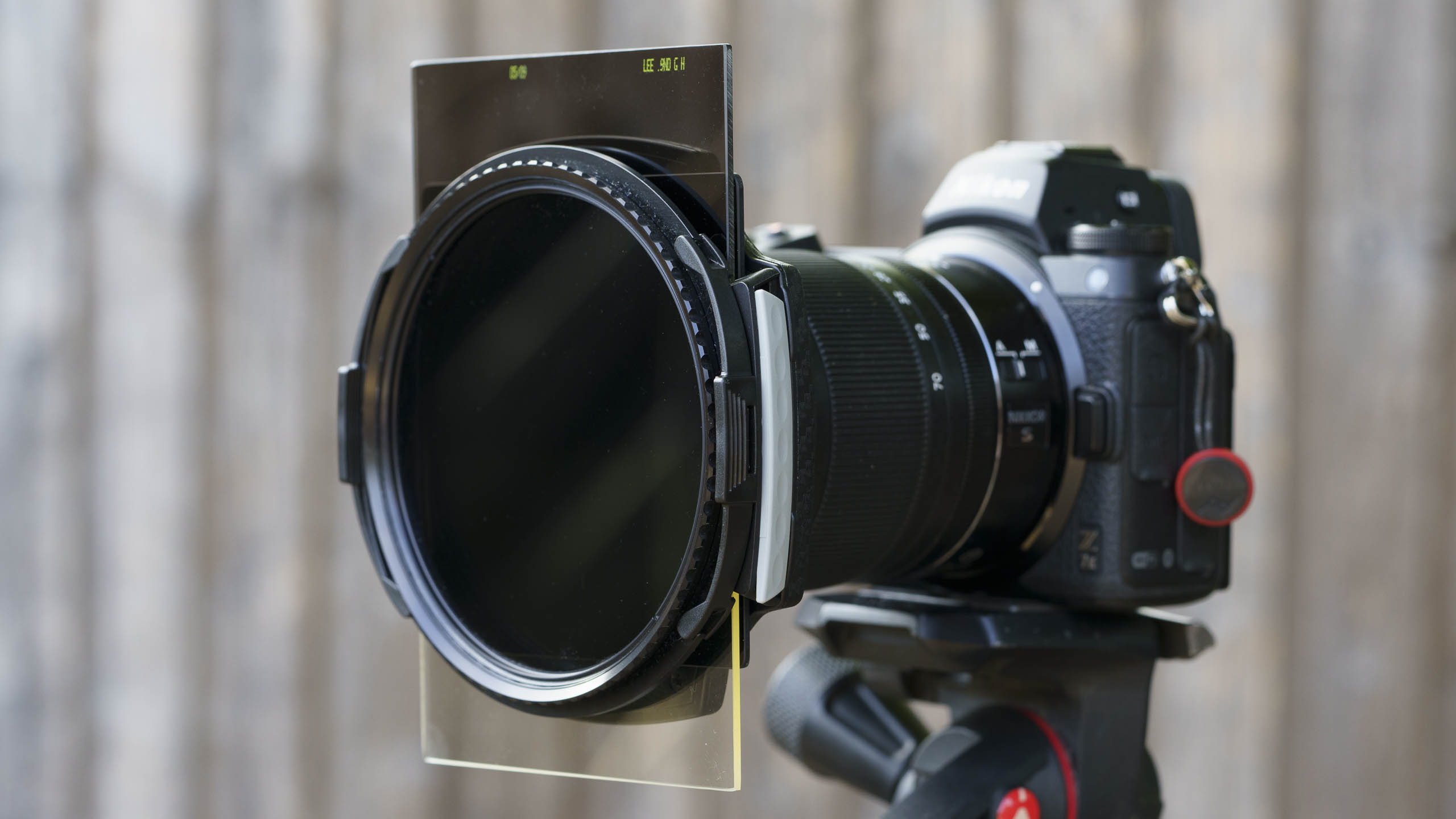
It’s easy to attach the LEE100 Holder onto a lens once the adapter ring is in place and LEE’s square and rectangular filters slip in smoothly.
LEE Filters recommends that you remove the holder before mounting the LEE100 Polarizer, but I found it snaps on pretty easily and without much force, so I usually attach it when the holder is on the lens. Removing the polarizer, however, is another matter - there’s a knack to it. I find the easiest way to remove the polarizer from the LEE100 Holder is to take the holder off the lens, hook my index finger under the catch on the inside, then reach my thumb over the release knob and press the tip onto the ridged tab of the polarizer and push forwards. It takes a little pressure rather than extreme force, so if it doesn’t move, you haven’t got the technique quite right. You should only press one of the polarizer tabs, not both.
Despite being shown how to remove the polarizer by LEE Filters staff at The Photography Show and watching the online video, it took me a while to find a technique that works consistently for me.
When the holder lock is in the neutral or half-lock position, it can be rotated around the lens fairly freely until any graduated filters are in the correct position. With that done, the knurled front ring of the polarizer allows it to be rotated to give the desired degree of polarization.
Verdict
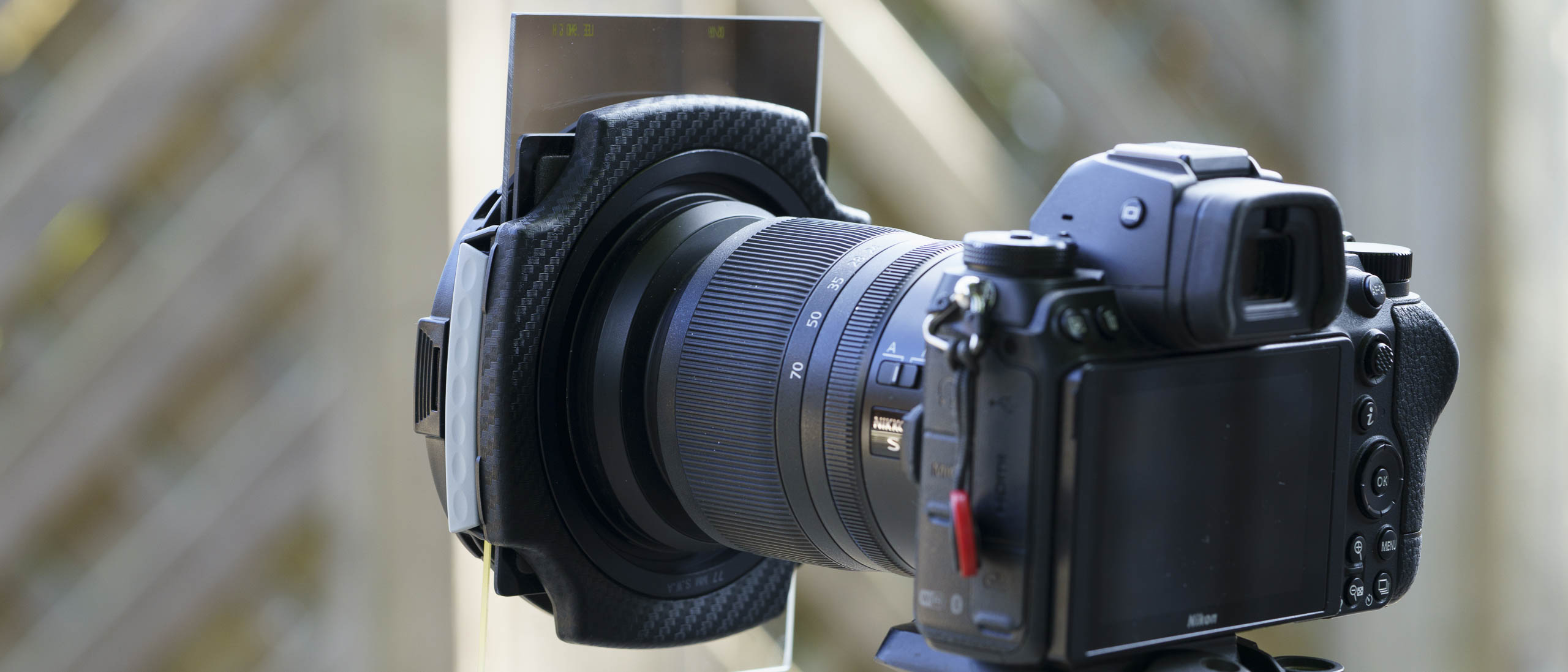
The LEE Filters LEE100 Holder looks good and is lightweight so it doesn’t add much to your burden when you’re out for a day with your camera. With the right size lens adapter ring, it fits quickly and easily onto a lens, and square and rectangular filters slide smoothly into position. The lock is a real bonus when you’re using a graduated filter because it prevents any accidental movement after you’ve carefully aligned the transition.
While the polarizer snaps in easily enough, it can take a while to get the knack of removing it.
Because there are no filter frames or geared controls, when you’re adjusting the rotation of the polarizer or reposting a rectangular filter, you need to take care to avoid putting fingerprints on the optical surfaces as you reach around with your hand.
Read more:
• Best filter holders
• Best ND grad filters
• Best polarizing filters
• Best neutral density (ND) filters
• Best variable ND filters
• Best lens protection filters
• Best light pollution filters
• Best close-up filters
• Camera filters explained
Angela has been testing camera gear from all the major manufacturers since January 2004 and has been Amateur Photographer’s Technical Editor and Head of Testing for Future Publishing’s photography portfolio (Digital Camera Magazine, PhotoPlus: The Canon Magazine, N-Photo, Practical Photoshop, Photography Week and Professional Photography magazines, as well as the Digital Camera World and TechRadar websites). She is the founder of SheClicks - a community group that encourages and supports female photographers.
